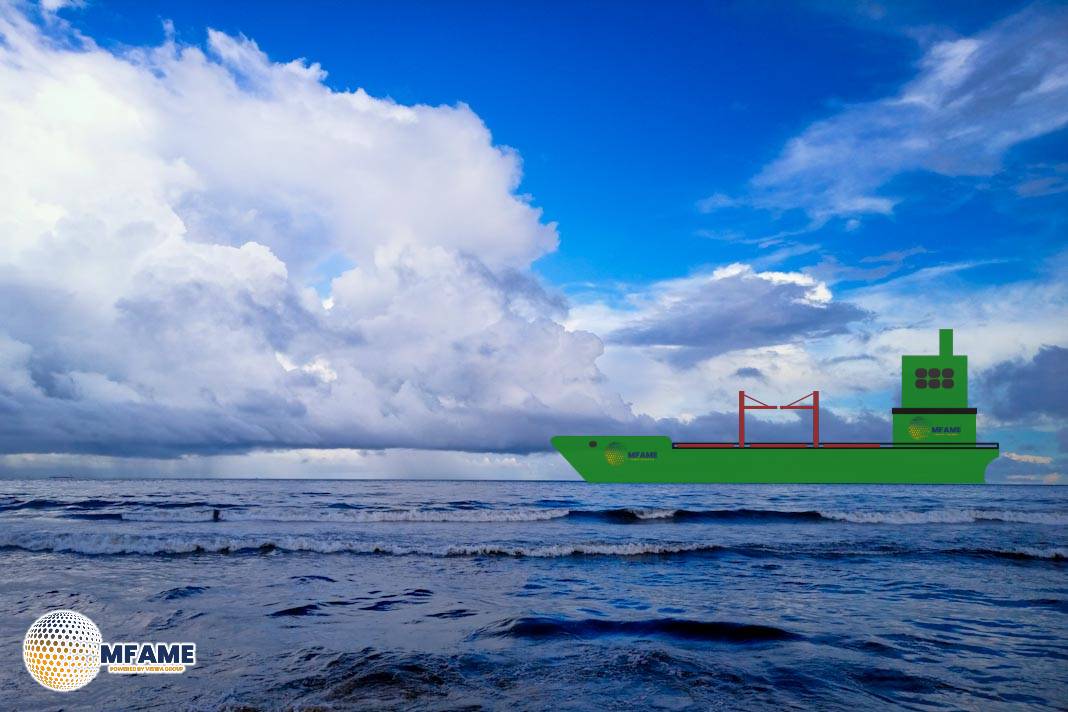 The International Maritime Organization (IMO) recently hosted the 83rd meeting with the Marine Environmental Protection Committee (MEPC 83), resulting in the adoption of a new fuel intensity target, set to come into force no later than March 2027.
The International Maritime Organization (IMO) recently hosted the 83rd meeting with the Marine Environmental Protection Committee (MEPC 83), resulting in the adoption of a new fuel intensity target, set to come into force no later than March 2027.
Overview of the New Regulation
The regulation mirrors the recently enforced FuelEU regulation but applies globally. Its primary effect will be to impose financial penalties on the use of carbon-intensive fuels like Heavy Fuel Oil (HFO). Funds collected will be directed into the newly created “IMO Net-Zero Fund,” supporting green shipping initiatives and innovation.
This aims to level the playing field for alternative fuels such as ammonia and methanol, which, despite their environmental advantages, currently face significant cost disadvantages compared to conventional fuels.
Predicted Impacts on the Shipping Market
1. Increased Demand for Dual-Fuel Capable Vessels:
Dual-fuel vessels offer flexibility to adapt to volatile conventional and alternative fuel prices. Under the new regulation, owners of these vessels can use “excess compliance” from low-carbon fuels to offset penalties, enhancing the economic appeal of dual-fuel options and mitigating their higher CAPEX and OPEX costs.
2. Early Scrapping of Older, Less Efficient Vessels:
Vessels built before the 2013 introduction of the Energy Efficiency Design Index (EEDI) are likely targets for early retirement. Many of these older ships, constructed during the shipbuilding boom of the late 2000s and early 2010s, are now entering the 15+ year age range and lack modern efficiency standards.
Financial penalties for excessive emissions will make operating such vessels increasingly uneconomical unless costly retrofits are undertaken. Although biofuels offer a compliance pathway, their high cost, coupled with poor fuel efficiency of older vessels, will be a significant challenge.
3. Increased Demand for Newbuilds and Modern, Efficient Vessels:
The latest vessels must meet EEDI Phase 3 standards, representing a 30% improvement in fuel efficiency compared to the 2009 baseline. This requirement, effective for vessels built from 2025 onwards, has already contributed to rising newbuild costs.
In 2024, a strong bulker S&P market trend emerged, with many 10–15-year-old vessels being sold, signaling fleet renewal efforts in preparation for the incoming regulations. The new rules are expected to further stimulate demand for young, fuel-efficient vessels and push up premiums for modern tonnage.
As the IMO’s new fuel intensity target nears implementation, the maritime industry is already seeing its impact on operational and investment strategies. The regulation is accelerating shifts toward dual-fuel and highly efficient vessels while making older tonnage less viable. While uncertainties around pricing and compliance mechanisms remain, aligning fleet strategies with future emissions targets will be crucial for maintaining competitiveness in a rapidly decarbonizing global market.
Did you subscribe to our daily Newsletter?
It’s Free Click here to Subscribe!
Source: VESON NAUTICAL















